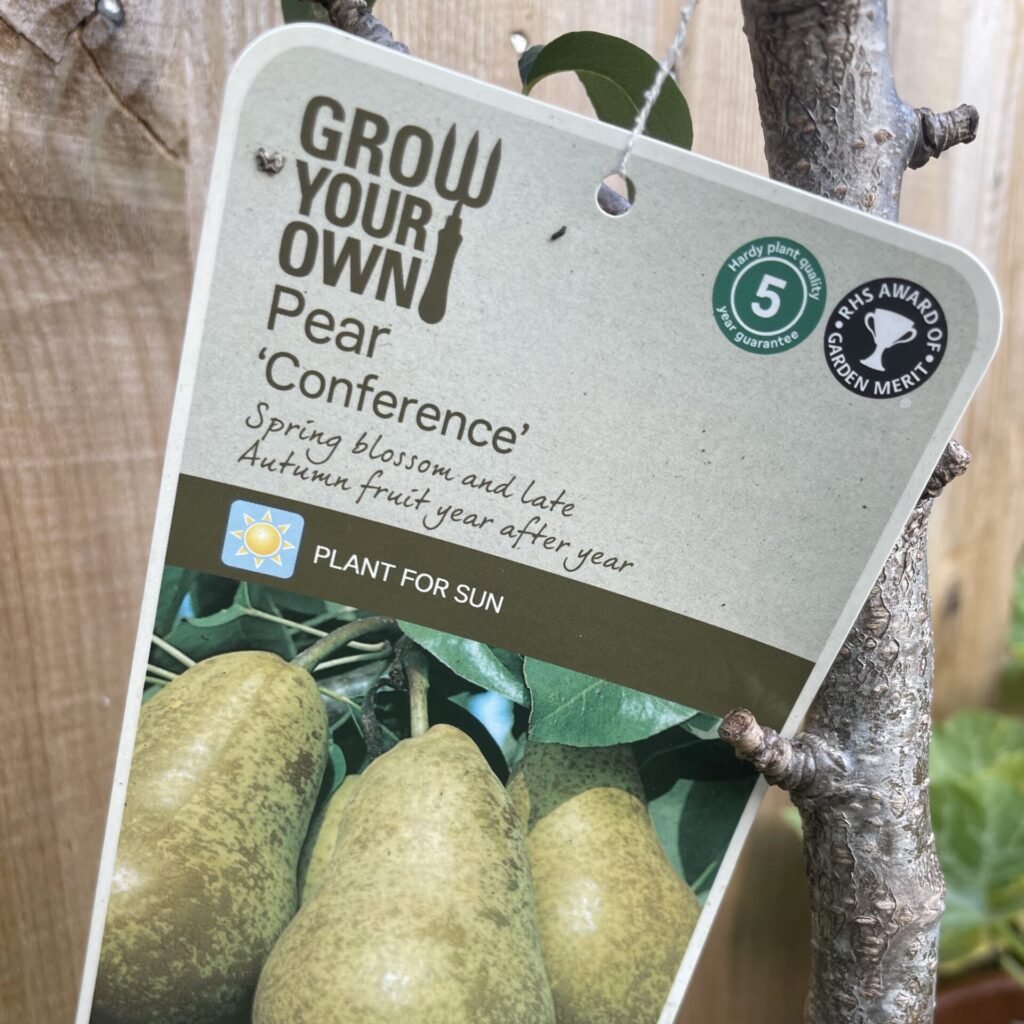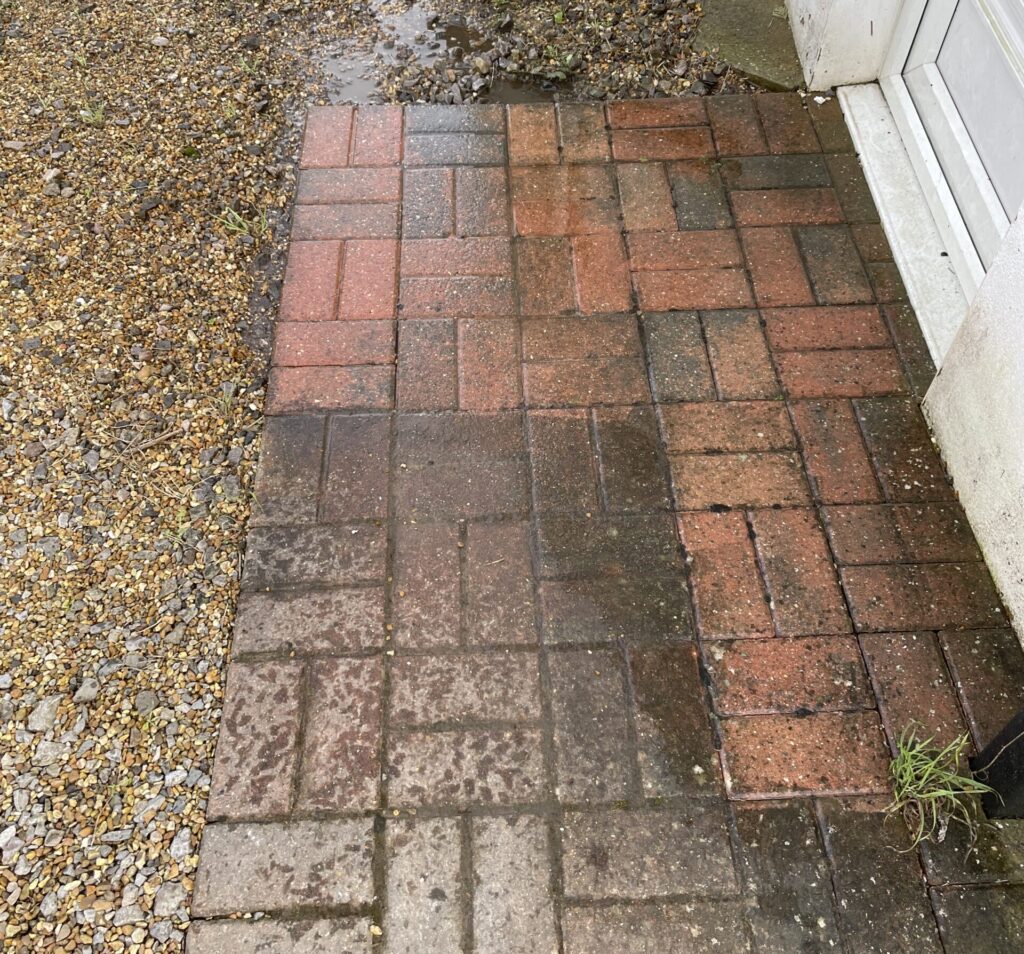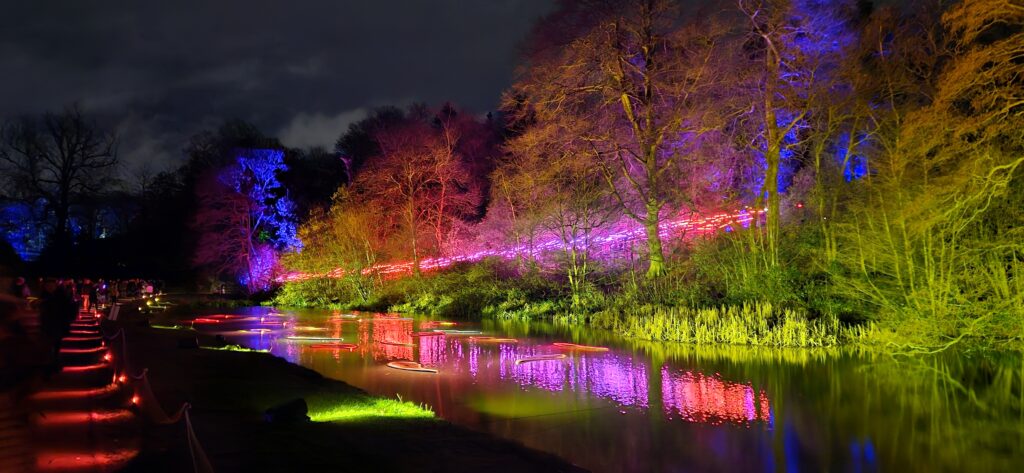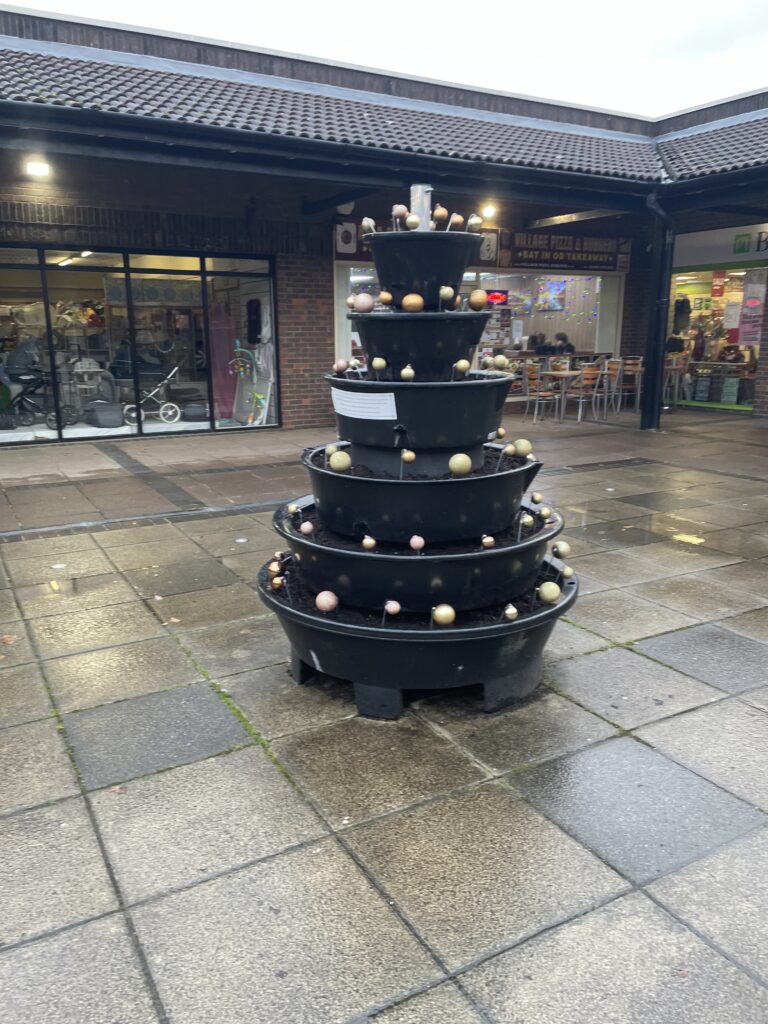Blessed as we are to be alive in the year 2025 so that we can witness, ummm, the release of the Lego Gameboy after all this time. Praise be, we are blessed.
We’re also blessed for a number of reasons which I won’t go into here. That’s too boring. What isn’t boring is talking about apples, right?
Right?
Last year after we moved into the house, we noticed that one of our neighbours further down the street would regularly leave a box on a little table with a sign saying, ‘help yourself’ or, ‘free to a good home’. In said box were apples and sometimes pears. I took a couple home and they were delicious, all the more delicious because they were free.
Fast forward to a week ago and there’s a knock on the door. Our next door neighbour held a bag of apples in her hand, handed them to me and said, “if any pears from our tree happen to drop in your garden, take them. They may need a few days to ripen but otherwise they’re fine to eat.” Unbelievable generosity. I had ten free apples in my hand and carte blanche to gorge myself on pears. Pear gorge? Pear gorge.
Fast forward to Friday afternoon. I’m still making my way through the apples when there’s a knock on the door. The husband of the neighbour from the previous week hands me a black bin liner containing roughly twenty-five apples. Twenty-five! I have to ask.
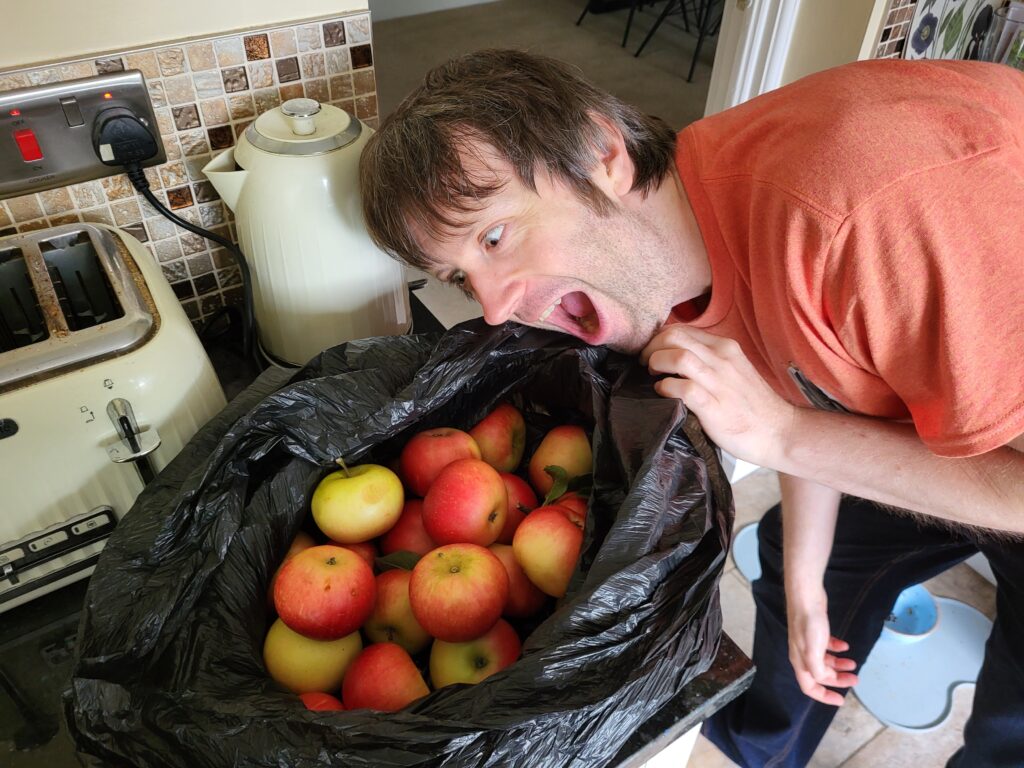
“Does every house on this street have an apple tree apart from us?”
The neighbour laughs. “Possibly. Before the houses were built, this was an orchard. There are some houses that have plum trees, pear trees, cherry trees, all kinds of fruit.”
Out of all the fruit in the world, what did we get with our lovely house? A f*cking gooseberry bush. Nobody wants gooseberries. They’re about as versatile as a quince. I also now have to find some way of consuming twenty-five apples on my own because Vikki is more into strawberries and other berries. I’m not being ungrateful, I am super pleased to have free fruit in my fridge, and *somehow* I will chug my way through all dem apples. Look at me and be inspired.

